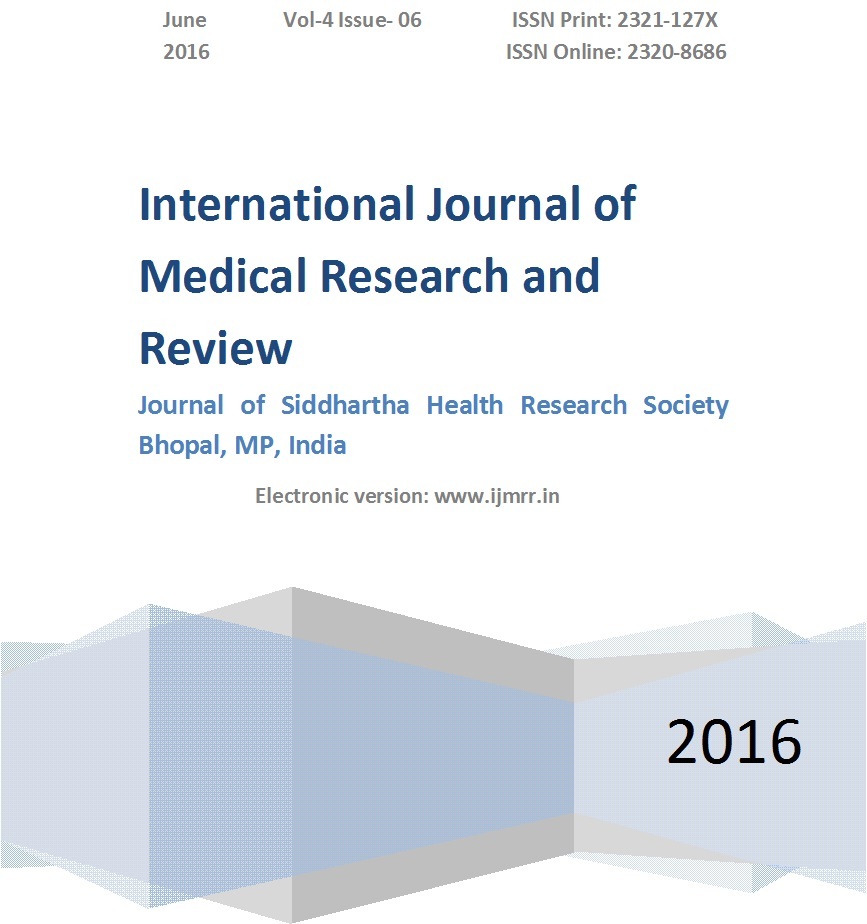Advanced MR imaging of extraventricular supratentorial cortical ependymoma
Abstract
Ependymomas arise from the ependymal cells of the ventricular system. Ependymomas are relatively uncommon nervous system tumors constituting 2% - 6% of all gliomas. They represent 4% of all CNS tumors in the adult. Extraventricular ependymomas are especially rare with pure cortical ependymomas uncommon. Ependymomas are the most common of the ependymal tumors, and are considered WHO grade II tumors. The location of ependymomas in adults tends to be different than the location of ependymomas in children. Total tumor resection has the best chance of long term survival. The extent of tumor removal continues to be the strongest factor influencing survival and recurrence. MRI of the brain is usually done every 3 months for the first two years following diagnosis to determine the effectiveness of treatment and to watch for possible recurrence. Supratentorial cortical ependymoma without attachment to the ventricular system is a rare tumor in the adult central nervous system. We present a case of a 25-year-old lady with a large supratentorial cortical ependymoma showing massive calcifications and central cyst formation manifested as headache and generalized seizures.
Downloads
References
2. Koeller KK, Sandberg GD. Cerebral intraventricular neoplasms: radiologic-pathologic correlation. RadioGraphics 2002; 22:1473–1505.
3. Armington WG, Osborn AG, Cubberley DA, Harnsberger HR, Boyer R, Naidich TP, Sherry RG (1985) Supratentorialependymoma:CT appearance. Radiology 157:367–372.
4. Brat DJ, Hirose Y, Cohen KJ, Feuerstein BG, Burger PC. Astroblastoma: clinicopathologic features and chromosomal abnormalities defined by comparative genomic hybridization. Brain Pathol 2000 July:10(3):342–352.
5. Brody AS, Frush DP, Huda W, Brent RL (2007) Radiation risk to children from computed tomography. Pediatrics 120:677–682.
6. McConachie NS, Worthington BS, Cornford EJ, et al. Review article: computed tomography and magnetic resonance in the diagnosis of intraventricular cerebral masses. Br J Radiol 1994; 67:223–243.
7. Spoto GP, Press GA, Hesselink JR, et al. Intracranial ependymoma and subependymoma: MR manifestations. AJR Am J Roentgenol 1990; 154:837–845.
8. McConachie NS, Worthington BS, CornfordEJ,et al. Review article: computed tomography and magnetic resonance in the diagnosis of intraventricular cerebral masses. Br J Radiol 1994; 67:223–243.
9. Swartz JD, Zimmerman RA, Bilaniuk LT. Computed tomography of intracranial ependymomas. Radiology 1982; 143:97–101.
10. Lefton DR, Pinto RS, Martin SW (1998) MRI features of intracranial and spinal ependymomas. PediatrNeurosurg 28:97–105.
11. Osborn AG. Diagnostic Neuroradiology. St. Louis, MO: Mosby; 1994:566–571.
12. Spoto GP, Press GA, Hesselink JR, Solomon M. Intracranial ependymoma and subependymoma: MR manifestations. AJNR Am J Neuroradiol 1990;11:83–91.
13. Furie DM, Provenzale JM. Supratentorialependymomas and subependymomas: CT and MR appearance. J Comput Assist Tomogr 1995;19:518–526.
14. Barkovich AJ (2005) Pediatric neuroimaging. Lippincott, Williams and Wilkins, London.



 OAI - Open Archives Initiative
OAI - Open Archives Initiative


